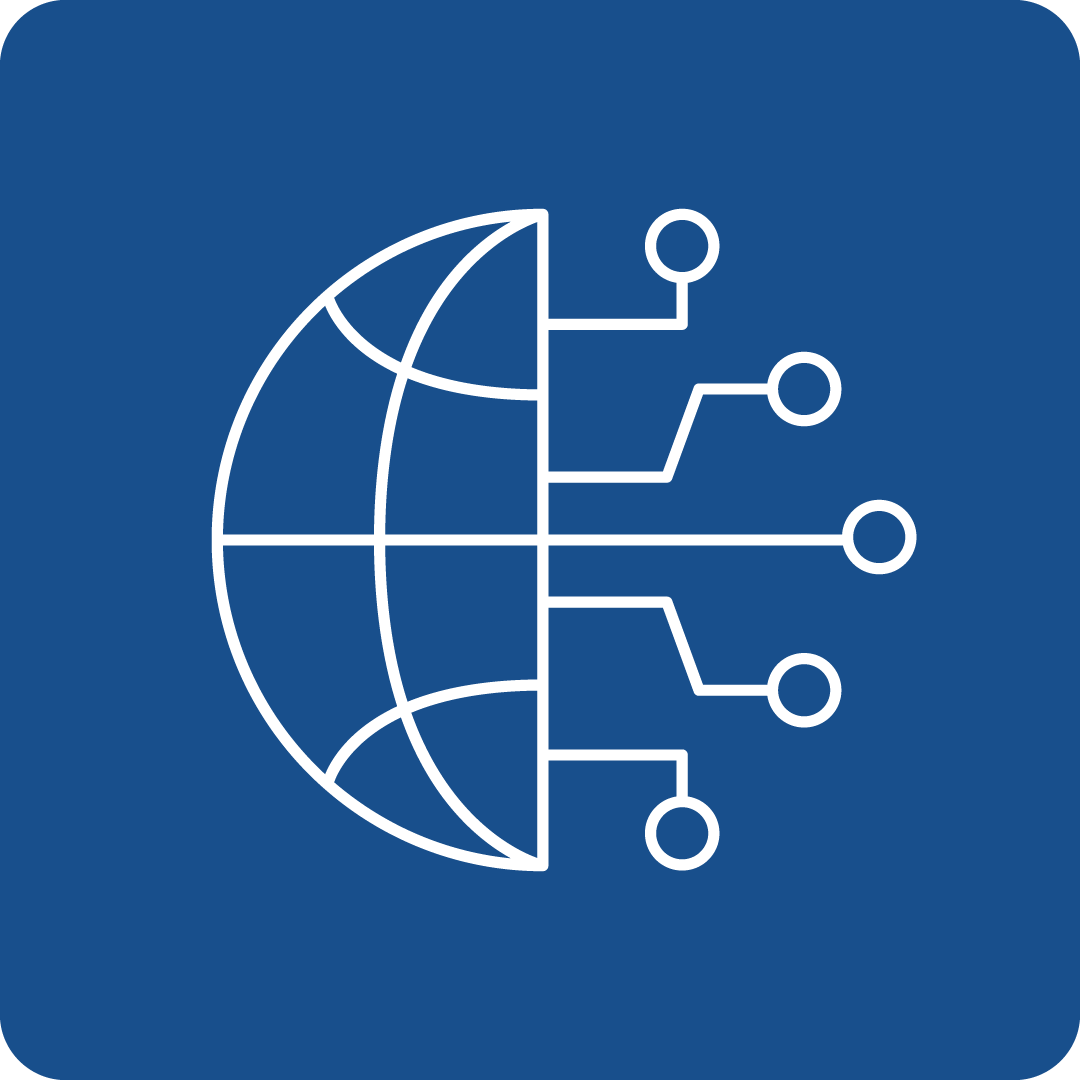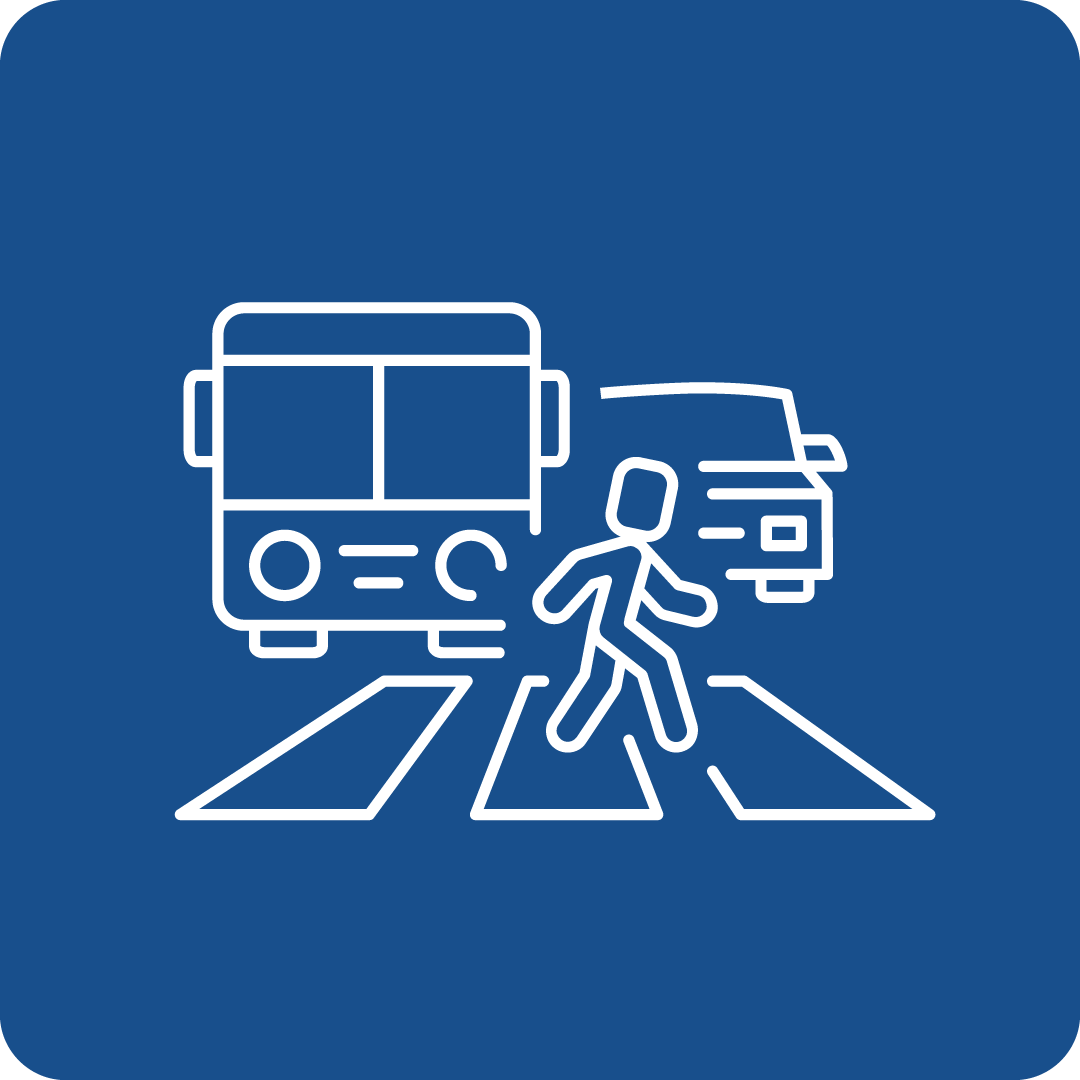Filter Search for grants
Call Navigation
Deadline expired
The deadline for this call has expired.
Call key data
5G coverage along transport corridors - Works
Funding Program
Connecting Europe Facility - Digital
Call number
CEF-DIG-2022-5GCORRIDORS-WORKS
deadlines
Opening
12.10.2022
Deadline
23.02.2023 17:00
Funding rate
30 - 70 %
Call budget
€ 25,000,000.00
Estimated EU contribution per project
Project budgets (maximum grant amount) are expected to be around € 10,000,000,00 to € 25,000,000.00 per project.
Link to the call
Link to the submission
Call content
short description
This topic aims to complement the early wave of deployment actions for 5G systems deployment along transport paths for connected and automated mobility (CAM) including safety and non-safety services.
Call objectives
This topic aims to complement the early wave of deployment actions for 5G systems deployment along transport paths for connected and automated mobility (CAM) including safety and non-safety services. These may encompass roads, rail, and inland waterways, and if appropriate in combination with other modes of transport based on early preparatory work that already started before the submission of the proposal. Unlike for the calls in 2023 and beyond, applicants will not be able to rely on prior CEF-funded inception studies. If available, results of preparatory works/studies providing a basis for deployment plans should be included in the proposal, building on other types of studies or on the basis of results generated by on-going R&I 5G cross-border corridor trial projects conducted across the EU under Horizon 2020.
The goal is to start leveraging the needed private investment in order to establish a full pan-European road and railway network of 5G corridors by the end of the CEF programme (2027).
This topic targets actions that support investments in challenging areas, where market forces alone will not deliver 5G services with the needed quality of service. The focus is on providing such connectivity along key European transport paths including, but not limited to, the indicative list of 5G corridors in part V of the Annex to the CEF Regulation.read more
Expected effects and impacts
CEF Digital funding is expected to move forward and accelerate large-scale deployment of 5G corridors to support the adoption of CAM, including driving with higher levels of automation and the digitalisation of rail operations as well as other relevant modes of transport. Funding may also support the deployment of Future Rail Mobile Communication System (FRMCS) and trackside and associated on-board equipment related to critical automatic train control systems and applications (ETCS and/or ATO).
By closing the deployment gaps, removing capacity bottlenecks and technical barriers, and ensuring service continuity across the border, the deployment of 5G corridors would contribute to strengthening the social, economic, and territorial cohesion in the EU.
Expected results
Applicants may apply for grants for works, including studies, related to project costs covering the following categories:
- Deployment of passive network elements including civil works, e.g. ducts, dark fibre, 5G radio stations, masts and pylons.
- Deployment and installation of active network elements, e.g. antennae, storage and computing capabilities such as network controllers, routers, switches, exchanges, edge MEC/node etc.
- Deployment and installation of specific track side devices (e.g. road, rail) for CAM use cases, such as sensors, cameras etc. for traffic monitoring purposes, including connected road-side units.
- Preparatory works, including network planning.
The 5G connectivity infrastructure deployment proposed for funding under this call may encompass both passive and active network elements along transport paths that cross at least one border between two Member States.
The corridor length foreseen for deployment or study on both/all sides of the border may vary, depending on national circumstances including the length of TEN-T comprehensive networks in the relevant Member State, means of transport, geographic situation, and maximum size of the project/EU funding.
Proposals must include cross-border sections of 5G corridors with other Member States representing no more than 15% of the total length of all the TEN-T comprehensive corridors of the same category (road, rail or waterways) in the Member State concerned by the proposal and other projects funded by the CEF Digital programme.
In the presence of a demonstrated market failure, longer cross-border sections (i.e. beyond the above mentioned 15% threshold), as well as additional sections located inside of a Member State territory, could be considered. This possibility may be particularly relevant in the case of Member States where the length of TEN-T comprehensive corridors is limited. The need to justify the presence of a market failure - when exceeding the 15% threshold - does not apply to proposals designed as market-conform interventions.
5G corridor deployment projects crossing the border of a third country, or terminating at a port with maritime connections to other EU Member States, are also within the scope of this call. In such cases a strong cross-border dimension needs to be demonstrated and CEF co-funding will be limited to the corridor sections located in the eligible country/countries.
Infrastructures deployed under this call can also be used, under certain conditions where market failure is demonstrated, for services beyond the transport paths, e.g. in areas surrounding the corridor, including populated areas or where socio-economic drivers are located.
read more
Eligibility Criteria
Regions / countries for funding
eligible entities
International organization, Non-Profit Organisation (NPO) / Non-Governmental Organisation (NGO), Other, Private institution, incl. private company (private for profit), Public Body (national, regional and local; incl. EGTCs), Research Institution incl. University, Small and medium-sized enterprise (SME)
Mandatory partnership
Yes
Project Partnership
Proposals shall be submitted by:
- minimum 2 applicants (beneficiaries; not affiliated entities) from 2 different eligible countries
- exceptionally, for 5G corridor projects crossing the border with a third country, or terminating at a port with maritime connections to other EU Member States minimum 2 applicants (beneficiaries; not affiliated entities) from at least one eligible country.
other eligibility criteria
In order to be eligible, the applicants (beneficiaries and affiliated entities) must:
- be legal entities (public or private bodies)
- be established in one of the eligible countries, i.e.
- EU Member States (including overseas countries and territories (OCTs))
- third countries associated to the CEF (list of partipating countries)
Specific cases:
- Entities from other countries are exceptionally eligible for projects of common interest in the field of transport, energyand digital and for cross-border projects in the field of renewable energy, if the granting authority considers their participation essential for the implementation of the action.
- Natural persons are NOT eligible (with the exception of self-employed persons, i.e. sole traders, where the company does not have legalpersonality separate from that of the natural person).
- International organisations are eligible. The rules on eligible countries do not apply to them.
- Entities without legal personality under their national law may exceptionally participate, provided that their representatives have the capacity to undertake legal obligations on their behalf, and offer guaranteesfor the protection of the EU financial interests equivalent to that offered by legal persons.
- EU bodies (with the exception of the European Commission Joint Research Centre) can NOT be part of the consortium.
Additional information
Topics
Relevance for EU Macro-Region
EUSAIR - EU Strategy for the Adriatic and Ionian Region, EUSALP - EU Strategy for the Alpine Space, EUSBSR - EU Strategy for the Baltic Sea Region, EUSDR - EU Strategy for the Danube Region
UN Sustainable Development Goals (UN-SDGs)
project duration
up to 36 months
Additional Information
Proposal page limits and layout:
- Part A to be filled in directly online (administrative information, summarised budget, call-specific questions, etc.)
- Part B to be downloaded from the Portal submission system, completed and re-uploaded as a PDF in the system (technical description of project)
- Part C to be filled in directly online (additional project data)
- mandatory annexes and supporting documents (to be uploaded):
- detailed budget table per Work Package
- activity reports of last year (unless exempted from operational capacity check)
- list of previous projects (key projects for the last 4 years)
- timetable/Gantt chart
- letter of support (MS agreement)
- declaration from the coordinator, on behalf of the consortium, that no 5G infrastructure, present or credibly planned, is capable of providing an uninterrupted mobile coverage suitable for CAM services in the corridor section concerned (for works proposals, to be uploaded in the Submission System in “Other annexes”)
- self-declaration from all Mobile Network Operators involved in the proposal that the public funding of the CEF intervention will not be used by the involved MNOs for the purpose of the fulfilment of any relevant coverage obligation, for instance in the context of spectrum licenses (for works proposals, to be uploaded in the Submission System in “Other annexes”)
- security declarations signed by the participating entities (for works proposals, template available in the Submission System)
- security guarantees approved by the respective Member States (exceptionally, should a Member State require more time to provide its approval, the applicants must submit, by the call deadline, a copy of the security guarantee and the acknowledgment of receipt of the request by the Member States. In this case, the security guarantees approved by the Member States must be sent by the proposal coordinator to HADEA-CEF-DIGITAL-CALLS@ec.europa.eu by 21 April 2023, 17:00:00 CEST (Brussels) at the latest, identified with the proposal ID in the email subject.
- other annexes
To see more information about this call, you can register for free here
or log in with an existing account.
Log in
Register now

